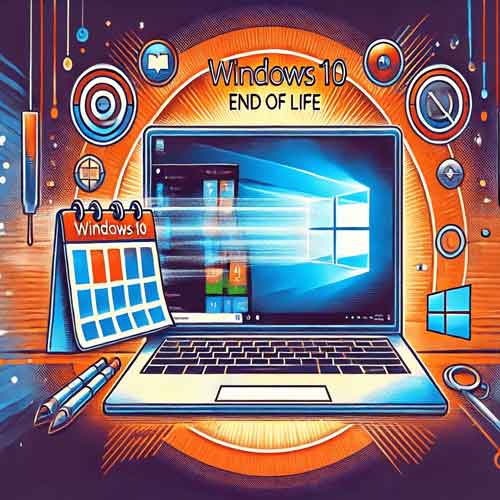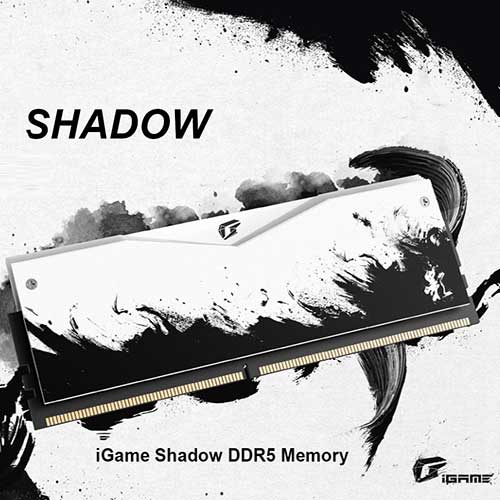
Asoke K. Laha
President & MD,
Interra IT
I reflect over what I should write in this column for some time. Many themes have occurred to me-digital frauds, new technology platforms that Google and Facebook are working on despite the ground swell of criticisms they have to absorb these days from several quarters including from governments, users and regulatory bodies. What prevented me from writing about it, I tried to introspect. It invariably would have a semblance of what I would have written earlier in this column. Not that I did not write on the same subject earlier in the column. That was only when a new development had taken on the same subject or because of lapse of time; the subject got transformed into a new one.
Yet, I have decided to dwell on trade war in this column that is occupying the media space in India and abroad. You may ask me what IT has to do with tradewars. My response is that a major reason for this trade war is on account of the IT. I will explain. But before that, let me briefly touch upon the nuances of the present trade war. It was a unilateral decision of the US. If there is trade dispute between two countries or between a group of countries with another set of countries, it should be referred to World Trade Organization (WTO) created exclusively for ensuring orderly global trade. Its functioning is based on certain principles and procedures. There is a separate wing in WTO for dispute settlement among member countries.
But the present trade dispute is qualitatively different. The US assertion is that it is not a trade dispute but something to do with its national security. Its argument is that with its liberal trade policies followedby various regimes earlier, including that of BarakObama’s, US trade and economic interests got compromised. The result is that many countries have built huge trade surpluses against the US. That included China, EU, Australia, Canada, Japan, Russia, South Korea and India. For deciding the countries which derived undue favor from the US, three parameters were evolved. One, countries having over US$ 20 billion trade surplus with US, two, countries having favorable current account balance and three, countries which are having more than 2% of its GDP invested in the US treasury bills.Even if a country attracts any two provisions of the said criteria, it would attract retaliatory action.
I have mentioned that ICT is an integral part of the trade war. It needs some explanation. Of late, China is emerging as a major technology developer thanks to the breakthrough innovations it has made in all fields of technology, be it relating to semi-conductors, artificial intelligence, robotics, sensors, aerospace and the list goes on. It is several notches above most of the developed countries and is inching close to the US. Millions of smart phones are made in China and exported world-wide including developed world.
A lot of negotiations were held between the two countries to smoothen the differences. Signs of compromise and reproach are coming from both sides. The Chinese expressed satisfaction over the progress of the negotiations. They felt that there were meeting grounds, where both countries can build trust and confidence to eschew aggressive postures. But in private, they tell the media that the US demand for cutting down the trade surplus by US$200 billion as high pitched, too ambitious and untenable in the given situation.
Now, let us focus on India and how the ongoing trade war would affect her. India is attracting retaliatory actions from the US and is also making noises both in the WTO and other forums. But its voice is modulated, calibrated and if I may use the word, muted. There are reasons for that. Foremost, India is not in the same league of China as far as the trade surplus is concerned. The trade surplus of China with the US is more than the international trade of India. Secondly, the two commodities, on which the US has imposed the import duty –steel and aluminum –willnot affect India that much. India’s exports of these two goods are only US$ 2 billion. India’s exports of steel and aluminum are mostly to Malaysia and Indonesia. That way, India-US bilateral trade pales into insignificance comparing to that of China –US trade.
Of late, India has taken some definite strides for reducing the trade deficit with the US. Import of crude and natural gas is one among them, which in all likelihood is going to increase in the coming years. Also, India is increasingly importing armaments from the US, reducing its dependence on Russia. The US aerospace companies like Boeing and Lockheed Martin have projected that India would be a major market for their products-aircrafts and aerospace equipment. That would be good news for the US.
How ICT has facilitated the trade war? I have few reasons and I do not know whether they stand scrutiny by trade experts and political watchers. Some decades ago, trade statistics to come to the public domain, it would take months together and sometimes years. One can access only estimates and not the real figures. Those days have gone. With the advent of digital platform and its wide usage in all walks of life, dataaccess is on a real time basis. Now, one can collate data on a real time basis, whichever part of the world he or she is. The response and retaliation by the affected parties can be quick and swift. Secondly, as the pace of globalization picked up, business decisions have becomemore independent of the thinking of the government. Earlier, during the cold war days, businesses could not take a stand independent from that of the government.
Thirdly, technology is a leveler. More and more countries are entering this fray, which was a pre-requisite of rich and privileged. China is on a fast track to catch up with the developed world and has very easily overtaken many western countries.
Without much ado, let me conclude with what veteran industrialist Warren Buffett has said on 6th May 2018 at the Berkshire Hathaway’s 39th annual meet held at Omaha, described as the Woodstock of Capitalism, on US-China trade war. He said that the United States and China are going to be the two super powers of the world for a long time.In the 1970’s, US exports and imports both contributed to about 5% of the GDP.
See What’s Next in Tech With the Fast Forward Newsletter
Tweets From @varindiamag
Nothing to see here - yet
When they Tweet, their Tweets will show up here.




























